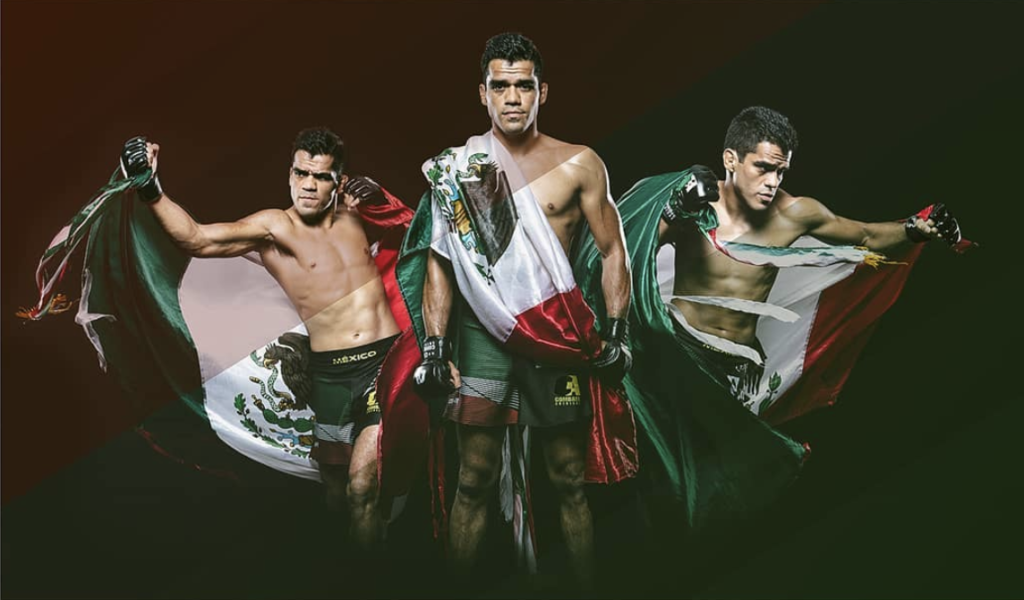Behind the Lens: Scott Hirano, Combate Americas Photographer
July 17, 2019

“The easiest thing about taking photos is clicking the button. Editing is the hardest part.”
“I learned to shoot photos on stolen cameras. (I didn’t steal them),” begins Scott Hirano, Combate Americas’ photographer, when asked about how he learned photography.
“If these cameras weren’t given to me, I wouldn’t have done photography at all. There’s no way I would have spent money on one; I was broke as h***.”
Hirano made good use of those cameras, refining his skills until he was paid for his work. However, he didn’t immediately begin shooting fights.

In 2009, he was hired to shoot a small boxing/MMA event in Costa Mesa. He wasn’t unfamiliar with sports photography; he had shot soccer in the past. But he had never photographed combat sports before.
“I didn’t know anything about how to shoot fights. I wasn’t familiar with the narrative of the fighter, but I was paid to shoot the event, so I tried hard at it.”
Hirano got good at it. He worked for a variety of MMA and Boxing promotions and TV networks. He joined Combate Americas in 2016.

“There have been a lot of highlight moments for me shooting for Combate Americas,” Hirano says when asked about his favorite parts of photographing Combate Americas. “A couple that rank highest for me were the times I shot Jose Alday at his home in Tucson and around Hermosillo and shooting Levy Marroquin at his home Monterrey. That sort of shooting, visiting fighters where they come from, is my favorite. That and fight night. Fight night always gets me.”

Hirano is so good at shooting fights that, one time, he accidentally joined one.
“When I shoot fights cageside, my camera touches the cage, getting as close as I can to shoot through the fencing. I’ve had many near misses with fighters slamming into the cage where I’m at and nearly slamming the camera into my face,” Hirano explains.
During the Erick Gonzalez vs. Marco Elpidio match in Tijuana, Gonzalez kicked Elpidio, who slammed into the cage, causing Hirano’s camera to “punch” him in the face. He had to quickly grab the cage to keep from falling off the side.
https://www.instagram.com/p/BSZEv06BKs0/?igshid=txvv97utaqex
“This quickly got the crowd on my side of the arena to laugh at me. I raised my hand to own the moment and got an applause, haha. Funny moment for sure.”
Hirano’s ability to frame a photo and capture a visceral moment define him as a photographer. But he’s modest when asked about his work.
“To be honest, I just like shooting this stuff – outside of actual combat in a war zone, there’s nothing like it.”
